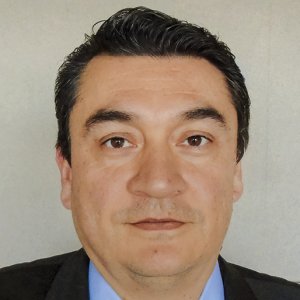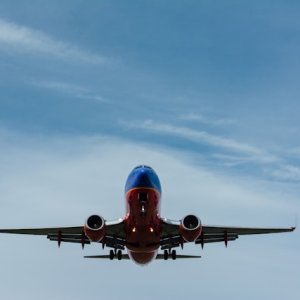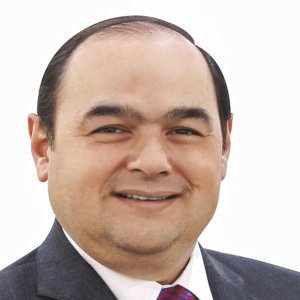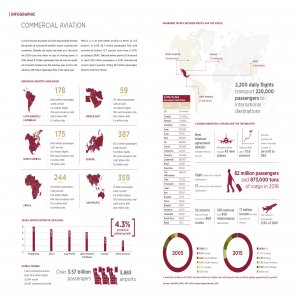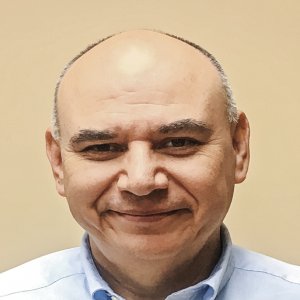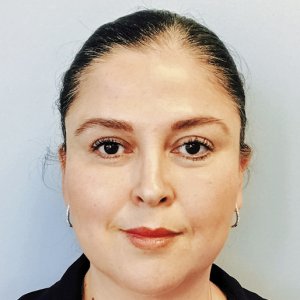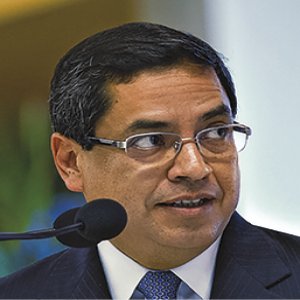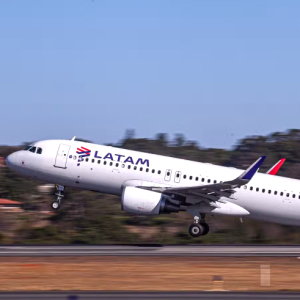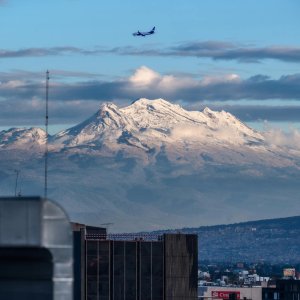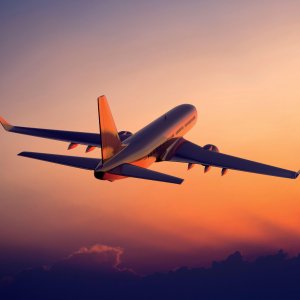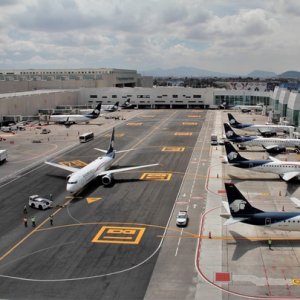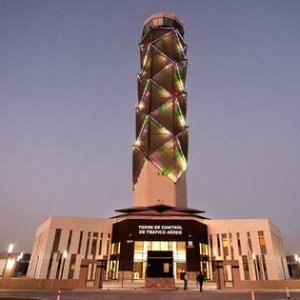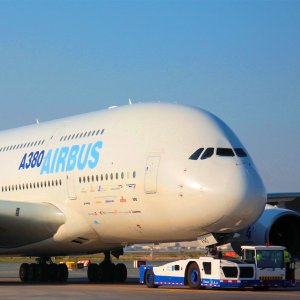Disrupting Current Practices to Provide Better Education

STORY INLINE POST
Mexico has hundreds of pilot schools but training is a slow process and it is not keeping up with industry demand. The largest school in Mexico trains about 200 students every six months, but most train only four to six pilots during that period. “This rate is not fast enough,” says Víctor Hernández, Director General and CEO of ASTECA.
Outdated regulations that industry players have struggled to update are the main barriers to speeding up this process. Local school ASTECA decided that collaboration with the industry and its regulators was the only way to overcome these hurdles. The aviation industry is cyclical and the current growth period is expected to continue until 2020 when the market will begin to contract. “Pilot demand will continue until that year,” says Hernández. “Our only concern is that the rate at which they are being produced may lower standards.” To ensure safety, pilot recruitment standards are kept high. “Approximately 30 percent of licensed pilots are rejected by airlines because they are unable to pass the recruitment tests.”
The DGAC reported that passenger numbers in Mexico rose 11 percent in 2016. Numbers for 2017 show that this trend will continue. By February 2017, the country had registered 22.7 million air passengers, a 24 percent increase over the same period in the previous year. This rise is reflected throughout the sector. “In the short term, pilot demand will continue growing alongside aviation,” says Hernández. Mexico has about 180 aviation schools and more are created every year. Of these schools, over 100 are in Mexico City, 16 in Guadalajara and six in Monterrey. ASTECA has branches in Mexico City and Monterrey. Hernández is not focusing on quantity but on quality. “We are disruptors of the sector,” he says. “Our goal is to spearhead the industry with the latest advances. To design our courses, we participate in specialized conferences and training courses worldwide, mainly in the US, which allows us to keep up to date on the sector’s needs.”
Many countries in Latin America lack training capabilities, with the exception of Brazil, Chile and Argentina. This forces pilots from other countries to travel abroad to acquire appropriate training. “The current perception is that the best training is provided by schools in the US but this is not the case. Mexico has great training programs,” says Hernández. The company also provides courses in Central and Latin America and is the only Mexican member of the Flight School Association of North America.
ASTECA has three business units. The first and oldest unit tailors courses for airline employees. This area generates classes for specific processes or aircraft, such as the Airbus A320. “We provide integral solutions, including several key aspects that regulators ask for and that airlines sometimes did not even know were necessary,” says Hernández. This is ASTECA’s greatest source of income. The company works with international, regional and executive airlines, including Aeroméxico, Volaris, Viva Aerobus, TAR Aerolíneas, Aerolíneas Ejecutivas and Redwings. “We have worked with every commercial airline in Mexico that has operated since 2000,” he adds.
The school has also developed courses for MRO service providers, such as Qet Tech Aerospace, HMC, Aviation Technical Services and Gol Aviation. This area has even generated training courses for SEDENA and the Mexican presidency. The second business area, developed in 2011 to address the growing demand for pilots, provides complete training programs for pilots, flight attendants and operations officials. These courses are operated independently of the airlines and can be accessed by the general public. The final unit offers courses for freelance pilots who are interested in keeping their skills up to date.
ASTECA has also introduced new concepts to Mexico, including online courses, and was the first to use the Cirrus SR20 for training. This airplane’s large cabin is similar to that of a commercial jet, which is an advantage for pilots and preferred by commercial airlines. Introducing this model has not been easy and Hernández says the government was reluctant to approve the use of new technology. “Regulatory authorities were reluctant to certify the Cirrus SR20 because there was no precedent in other schools. They called the aircraft ‘too modern.’”
